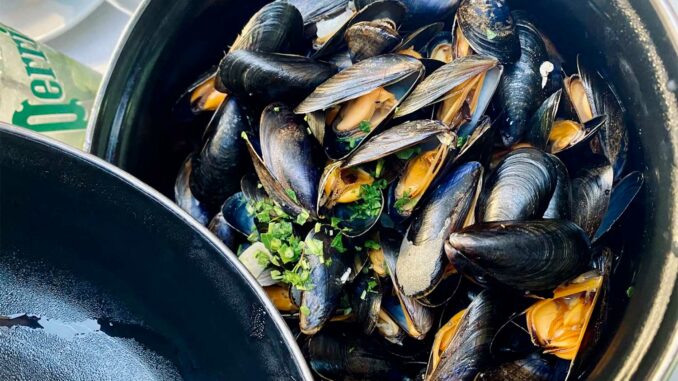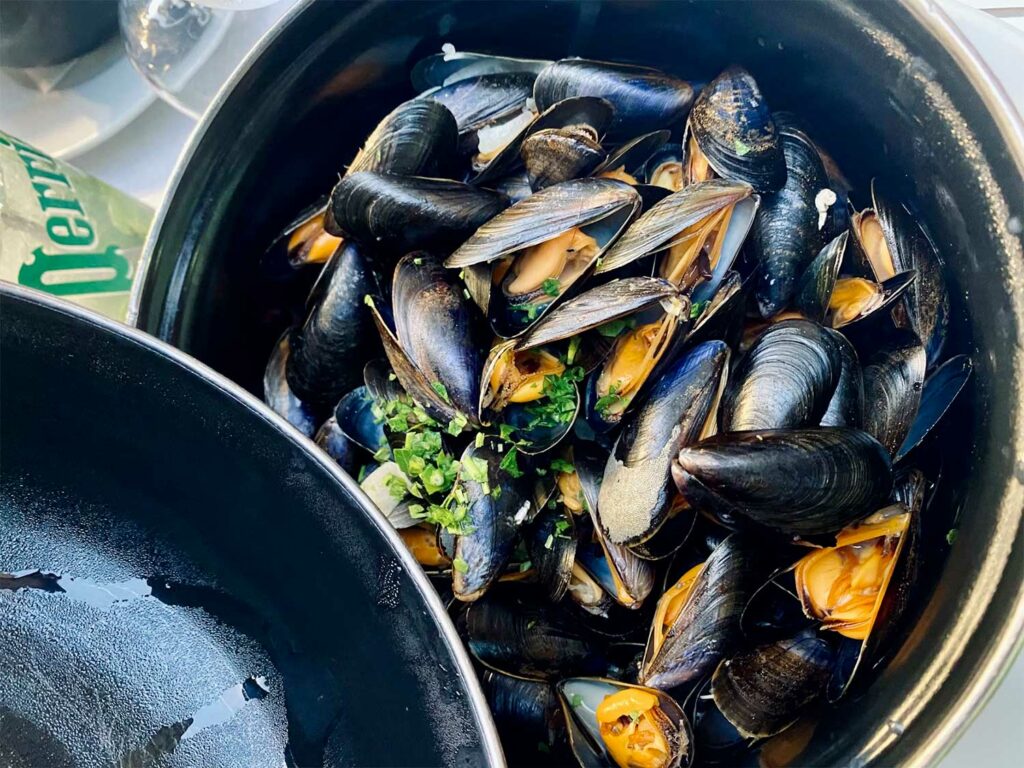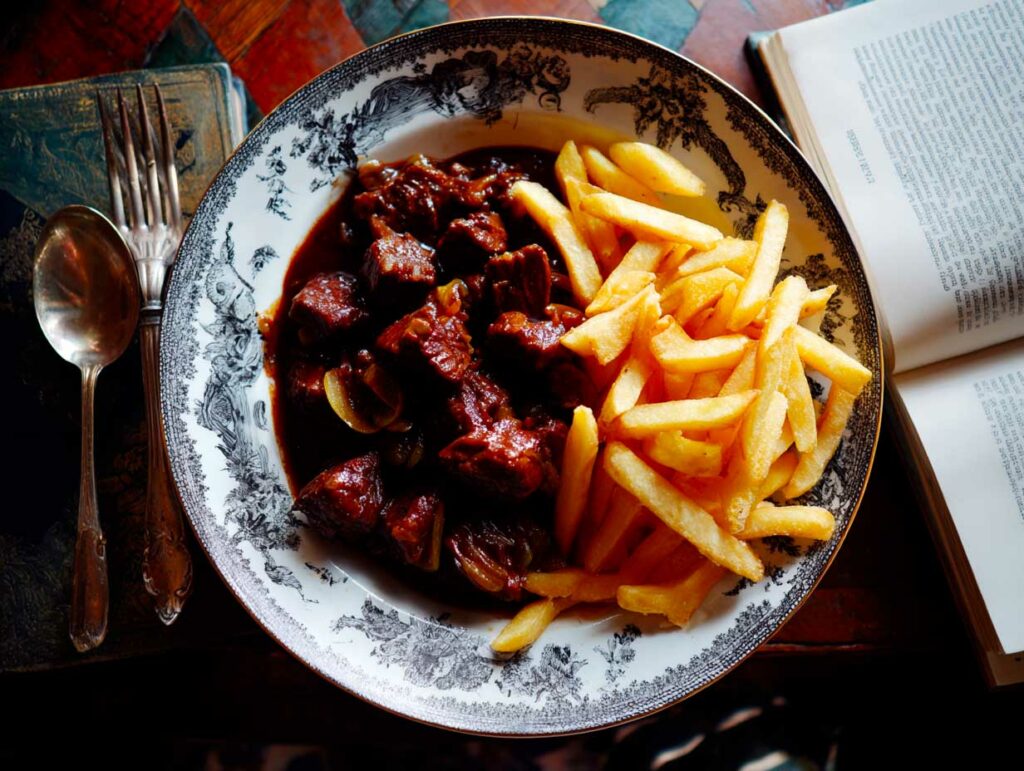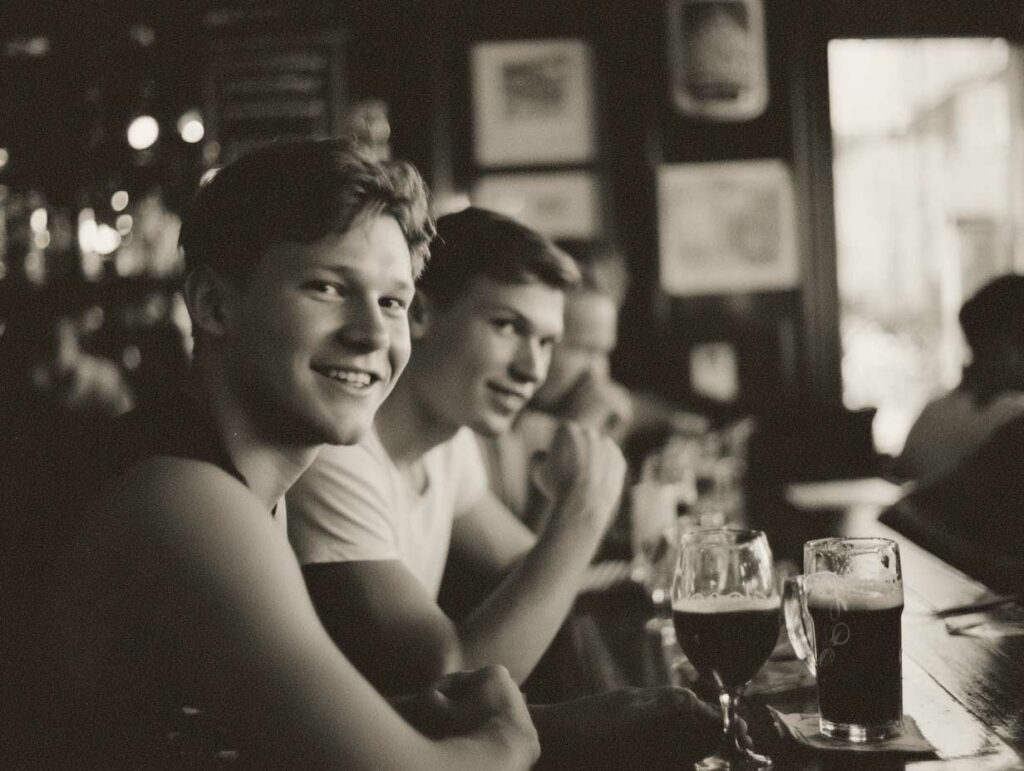
From carbonade flamande to Maroilles tart, explore the flavors, history, and techniques that define Northern French cuisine—and where to taste or learn them.
Northern France cooks with weather in mind. In this borderland of Flanders, Artois, and Picardy, stews simmer slowly, beer seasons sauces, and seafood from the Channel and North Sea meets farmhouse cheeses and root vegetables. What emerges is a generous table shaped by trade routes and migration, by coalfields and coastlines, and by the terroir of grain, chicory, and pasture. This guide revisits the region’s essential dishes and ingredients, traces how they evolved, and offers practical insight for travelers and home cooks interested in French cuisine, regional specialties, and the living traditions of French food culture—including where to find cooking classes in France that bring these classics to life.
The Northern pantry and the long arc of taste
Northern French cooking sits at a European crossroads. Medieval cooks relied on local beef, pork, river fish, onions, cabbages, and sturdy breads; proximity to Flemish towns encouraged brewing, pickling, and a taste for bitters and sweet-sour balances. Later centuries layered in maritime influences: mussels and flatfish landed in bustling ports, while canals and rail moved beer, chicory, and cheese through Lille and Valenciennes. Today’s table reflects that history in recognizable patterns. Beer replaces wine in braises; brown sugars, mustards, and vinegar round sauces; potatoes and endives anchor cool-weather plates; and bricks of washed-rind cheese lend a coppery warmth to tarts and gratins. This is still French cooking, but its accent is unmistakably northern—robust, convivial, and built for sharing.
Beer in the kitchen
Where Burgundy leans on Pinot Noir for coq au vin, the North reaches for bière ambrée or brune to glaze meats, soften onions, and build depth without heaviness. Brewers’ malts bring caramel notes; hops contribute a drying edge that keeps rich dishes lively. Learning to cook with beer—reducing to a syrupy shine, whisking a spoon of mustard at the end—remains a signature technique and a window into French gastronomy beyond the better-known wine regions.
Signature dishes of the North
Carbonade flamande
Few plates speak the regional dialect as clearly as carbonade flamande. It is a beef stew, yes, but its soul lies in beer, onions, and a seasoning profile that can include pain d’épices or brown sugar to balance hops’ bitterness. The best versions simmer low and slow until the meat slouches at the nudge of a fork and the sauce, glossy and mahogany, clings to frites or a thick slice of country bread. Flemish red ales and northern brown beers each yield different personalities—more tang with the former, rounder malt with the latter. Serve it with sharp pickles to cut the richness and you have an edible map of the region’s Franco-Flemish exchange. For travelers tracing regional specialties, carbonade belongs on any shortlist.
Waterzooi from Ghent to the Opal Coast
Originally a fish stew from Ghent, waterzooi traveled easily along the coast and inland waterways, evolving into a delicate, pale broth enriched with cream and egg yolk. Today both fish and chicken versions coexist. Carrots, leeks, and potatoes lend sweetness and texture; dill or parsley keeps the finish green. It is a masterclass in restraint: simmering rather than searing, clarity rather than reduction. In northern France, waterzooi feels right at home—where maritime larders and dairy traditions meet.
Moules-frites, the briny emblem
Few dishes are as democratic—or as emblematic—as moules-frites. Mussels steam open in a pot with shallots, white wine or beer, herbs, and butter; they arrive at table with a mound of crisp fries and a side of mayonnaise. The appeal is twofold: abundance and aroma. The broth perfumes the air; the fries take turns dunking. While supply chains have historically crisscrossed borders, the dish’s identity remains rooted in the North Sea and the estaminet, the region’s convivial beer-centric tavern.
Welsh: a rarebit reborn
Imported by Welsh miners a century ago and naturalized in Nord-Pas-de-Calais, the welsh is a shamelessly comforting plate: toasted bread topped with ham, smothered in a beer-enriched cheddar sauce, and browned until bubbling. Order it with a salad for refreshment or lean in with frites on the side. It illustrates how the region welcomes outsiders—and then seasons them with local beer and mustard until they feel utterly at home.
Tarte au Maroilles, the copper-rind classic
If one cheese captures the North’s personality, it is Maroilles. Washed-rind and pungent, it softens into a custardy tart that’s both rustic and refined. Onions sautéed to blond, a lick of cream, and a pastry base are all that’s needed; the cheese does the rest, perfuming the kitchen and rewarding any glass of farmhouse ale or dry cider. The tart is a lesson in how French cooking lets a single great ingredient take the lead.
Endives au jambon, winter’s comfort
Chicons, as locals call them, are a northern pride: blanched in darkness for their pale crunch, then wrapped in ham, blanketed in béchamel, and gratinéed to spotted gold. Endives au jambon manage the balancing act of bitter and sweet, salt and dairy, texture and melt—exactly the kind of equilibrium that defines everyday French cuisine north of the Somme. Serve with steamed potatoes, a spritz of lemon, and something crisp in the glass.
Potjevleesch, terroir preserved
The Flemish name means “meat in a pot,” and potjevleesch delivers precisely that: a mosaic of chicken, rabbit, pork, and veal set in a vinegared natural jelly. It is served cold with fries—whose heat loosens the gel to a sauce—and plenty of mustard. More than a curiosity, it’s preservation turned pleasure, proof of how practicality and appetite shape tradition.
Coq à la bière, the northern answer to Bordeaux
Classic technique, regional swap: replace wine with beer and coq au vin becomes coq à la bière. Brown the bird, soften onions and mushrooms, deglaze with beer, tuck in thyme and bay, and simmer to tenderness. Finish with a spoon of crème fraîche if you like; the malt and dairy will meet in the middle. It is farmhouse cooking elevated by judgment—how far to reduce, when to check seasoning—and a staple for anyone studying French food culture beyond Paris and Lyon.
Gaufres, a crisp finale
Waffles span borders, but the North arguably perfects them. Light, crisp, and laced with vanilla or a hint of orange flower water, gaufres are eaten plain with powdered sugar or loaded with jam and cream. Street-corner or grand-mère, they are a reminder that the region does sweetness with the same generosity it lavishes on stew.



Techniques, pairings, and how to shop like a local
From the pot and the pan
Northern technique favors time and control over showmanship. Stews rely on gentle heat to avoid stringy meat; onions are cooked to translucence rather than jam; beer is reduced to a glaze without tipping into bitterness. Gravies are tightened with a swipe of mustard or a slice of bread spread with it—a thrifty method that adds body and tang. For fries, many cooks still prefer a two-stage fry: a lower-temperature cook to soften, a second at higher heat for color and crunch.
Beer and beyond
Beer’s role extends from pot to glass. Amber and brown ales flatter carbonade and coq à la bière; blond, crisp styles refresh fried dishes; Flemish reds add a sour cherry note that wakes up rich sauces. Cider and white wines—Muscadet, dry Alsace—also pair well with seafood and creamy tarts. With Maroilles tart, try a bière de garde or a mineral white; with potjevleesch, a pilsner or a snappy pickled garnish will keep things bright.
Markets and estaminets
Lille’s and Arras’s markets sell endives by the crate, mussels in season, and cheese stalls fragrant with washed rinds. In estaminets, look for slate boards listing the day’s stews and plats du jour; portions are built for appetite, not theater. For cooks passing through, these stops function as living classrooms, as instructive as formal cooking classes in France—watch what locals order, and ask for the beer that suits the dish.
Where tradition meets today: learning and adapting
The best regional cuisines adapt without losing themselves. In the North, that means mussel farming aligned with sustainability goals, breweries reviving historic styles, and chefs giving familiar dishes sharper technique and lighter textures. Carbonade might arrive with carrot pickles for contrast; waterzooi with herbs that echo the season; endives au jambon with a béchamel whisked to silk and finished with aged cheese for a deeper finish. Home cooks can replicate much of this with good shopping and a light hand: buy better onions, choose a beer you would drink, salt with confidence, and finish with acidity. That mindset—respect for product, precision over fuss—connects the North to the broader values of French gastronomy.
Why the North still sets the table for comfort
Northern French cooking endures because it satisfies on multiple levels. It is economical but not austere, generous without excess, and anchored in techniques that prize clarity over complication. The region’s dishes travel well—from bistro to family table—and reward repetition, the cook’s greatest teacher. For anyone exploring French cuisine beyond postcard clichés, the North offers a toolkit: stew patiently, season thoughtfully, use beer as a spice, learn to love endives, and let cheese speak. In doing so, you’ll discover a cuisine that continues to welcome newcomers, absorb influence, and celebrate its own roots—proof that the most grounded traditions are often the most alive.
Cook in France is your independant source for food in France.